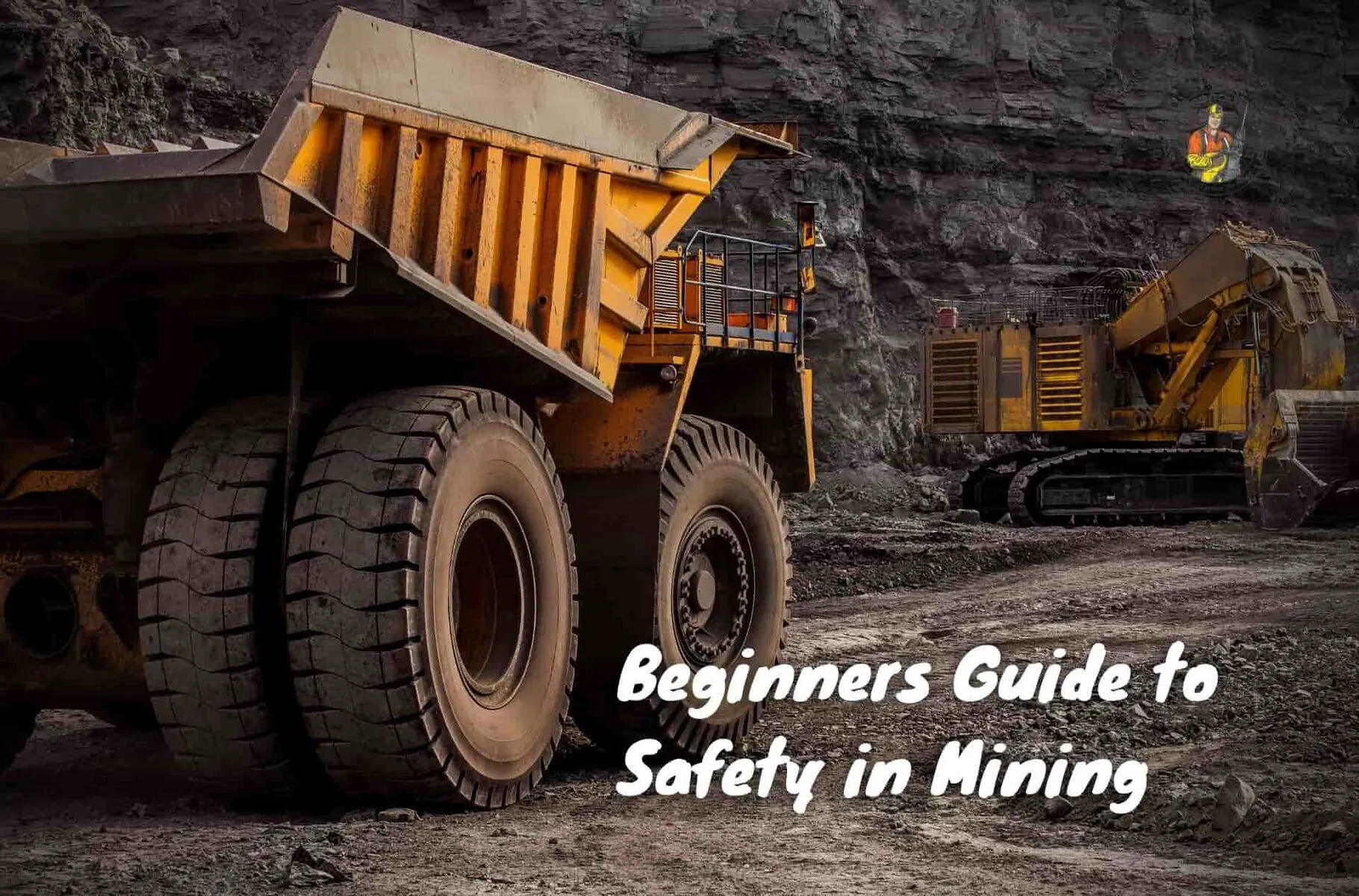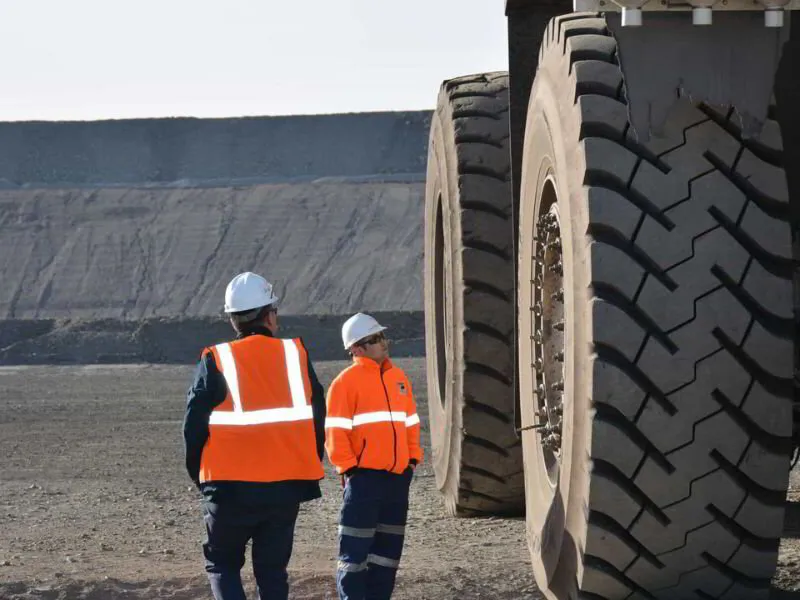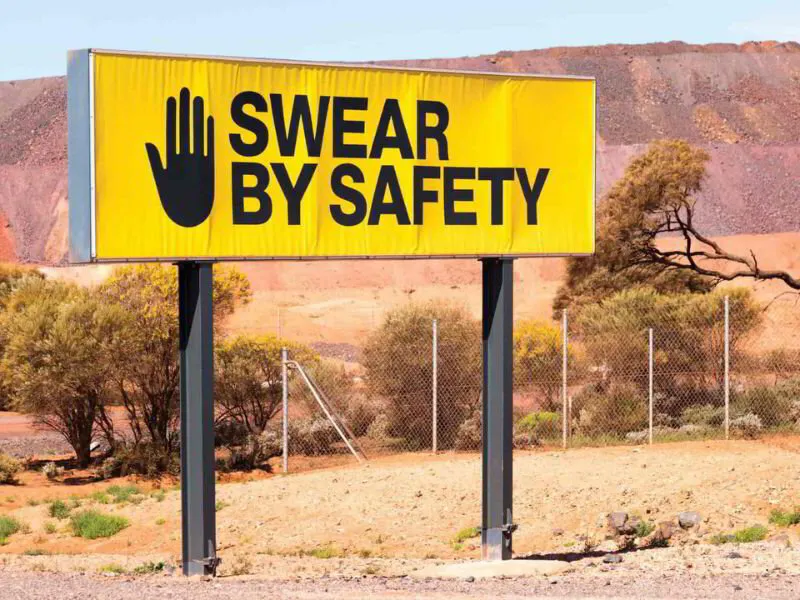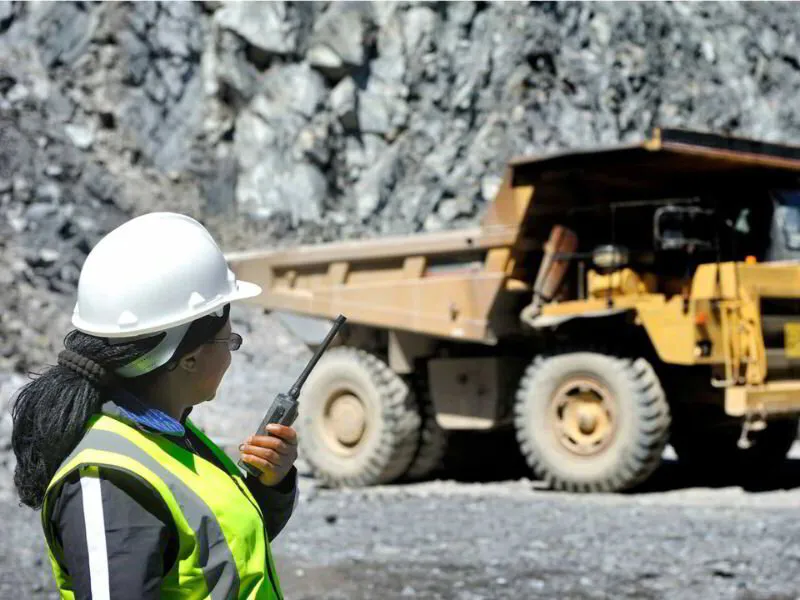The mining industry is vital to the world economy, supplying valuable resources used in various products daily.
Because of its scale and intensity, many risks and potential hazards can cause worker injuries and even deaths.
As a result, there is a greater potential for large-scale environmental damage and loss of life in mines than in most other workplaces.
Miners operate heavy machinery and explosives while conducting deep drilling, all of which come with risks.
Safety and health awareness prevent and minimize these accidents and deaths.
⛏️ What Exactly is Mining Safety?
Mine safety processes are implemented on a mine site to create the perfect working environment for miners by managing operations and equipment.
Because mining is a high-risk industry, there are many mining laws in every country to which mining companies must adhere.
The main reason mine safety and regulations were designed is to offer mine workers protection and prevent accidents and incidents from happening.
Mine safety practices should be the top priority for new miners working at mining fatalities. Some risks include fires, flooding, explosions, and collapses.
⛏️ Various Aspects Influencing Safety in the Mining Industry
1. Insufficient Training
All employees working on a mining project must commit to a continuous improvement process.
But as costs are cut and the industry changes, training sometimes becomes less of a focus for mining companies.
This can vastly hinder operations and cause unnecessary hazards, injuries, and death.
Poor training is a severe concern for the industry. Companies must take all steps to keep this from happening.
2. Mine Worker Mental Health
No operation can be safe and successful without the right team.
This team's mental and physical health needs to be rock solid so injuries and hazards can be prevented.
Some mining companies have a department dedicated to counseling and keeping miners healthy.
3. Carelessness
Because many mining jobs are repetitive, carelessness can easily creep into the job.
This can cause havoc in underground mining and cause a wide range of fatalities.
Therefore, a mining team must be switched on at all times, no matter what shift they work.
⛏️ Safety Practices for Mining Companies
Many mining industry practices can help workers act safely on mine sites, whether in surface or underground projects.
Whether you work in manganese, tantalum, or coal mines, always keep these safety and health practices in mind.
1. Take Lifting Precautions
Because of odd positions in tunnels, miners can easily find themselves with muscular abrasions and discomfort.
Lifting heavy machinery in these positions can increase pain in areas like the back and neck and negatively affect miners, leading to accidents. A colleague can help ease the load.
2. Wear Protective Clothing
As surface mines increase in depth and size, rock fall can be a big problem.
Furthermore, there is a lot of heat and dust, especially in coal mines, so wearing protective clothing on a mine site is important to offer protection from the elements.
An accident can happen at any time, so remember your hard hat, proper clothing, and specialized equipment.
3. Ventilate Harmful Gases
Mining is hard labor. Add to this toxic vapor released into the air, and you can see why a worker faces occupational safety daily.
These vapors can cause nausea or other respiratory issues. They are a serious fire hazard as well in mines.
To minimize accidents, ensure rooms are ventilated and gas detection equipment is installed.
4. Prepare for the Possibility of Slips and Falls
Hazardous liquids and dirt often cause miners to fall or stumble.
Because they work in high locations and on hard ground, this can be very dangerous.
Quality high-traction boots are essential to mitigate fall risk and provide grip on uneven terrain.
5. Pay Attention to Equipment Upkeep
Safety data shows that an operator of old machinery should regularly maintain and upkeep old machinery to function properly.
Tools must also be cleaned grime-free, washed, and maintained regularly; otherwise, they can become hazardous.
6. Emphasize Communication
The mining process requires detailed information, which is a challenging task.
For example, if a miner sees a suspicious situation, they need to be able to communicate quickly with other workers.
Mines have their own communication network set up, especially underground, where there is no mobile signal and no access to the internet.
7. Keep an Eye on Fire Risks
The materials found inside mines increase fire danger, and explosions can happen at any time.
Shafts underground are usually narrow and can lead to a fire spreading easily.
Fire suppression equipment and sensors alert people about a threat.
Wearing protective clothing, as mentioned above, also reduces burn risk.
8. Manage Vibration and Noise Levels
Controlled blasting in mines generates high-frequency vibrations and loud vibrations. Powerful mining machinery adds vibrational effects too.
Strategic drilling reduces seismic shock, particularly in techniques involving inserting a buffer hole in advance to prevent damage.
Millisecond blasting may temporarily delay the explosion by using holes that reduce vibrations.
Support is available to reduce noise. Blast mats absorb the pressure generated in a blast and help lessen the emitted gases.
9. Keep an Eye on Dust Hazards
The mining industry is rife with coal dust and other particles that can affect miners' health.
This can lead to serious respiratory issues and influence performance.
Some ways mines can deal with this issue include installing fans and vacuum equipment to remove small pieces of materials.
Miners must also use their respiratory hoods in these cases.
⛏️ Frequently Asked Questions
What Does Safety Mean to You Mining?
It is essential to take mining safety seriously and attend regular safety training, whether you work in underground operations or surface mining.
Why is Safety Important in Mine?
In any workplace, safety and health must operate at total capacity. However, mine safety is of utmost importance because there is a big chance of loss of life, more than in many other industries.
⛏️ In Conclusion
From explosives to toxic gases, the mining sector has its job cut out regarding safety.
Mine workers, on the other hand, need to understand that following best practices is crucial for their safety.
The mining industry should adhere to all the regulations to provide employees with a safe work environment.
For more mining information and resources, be sure to check out our other blog posts.
You'll find everything mine-related right here at An Underground Miner.







